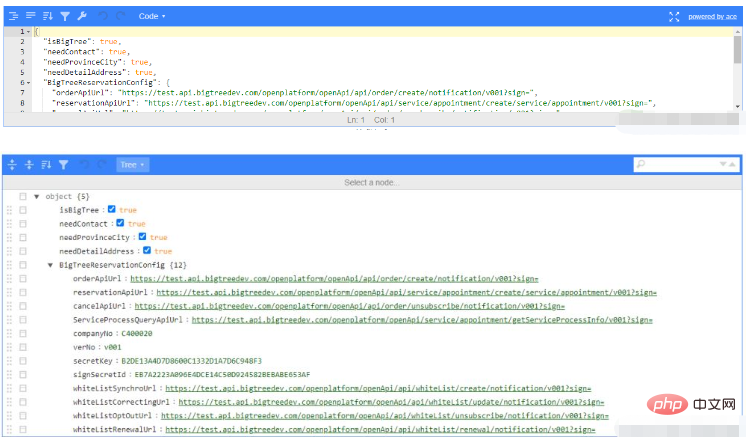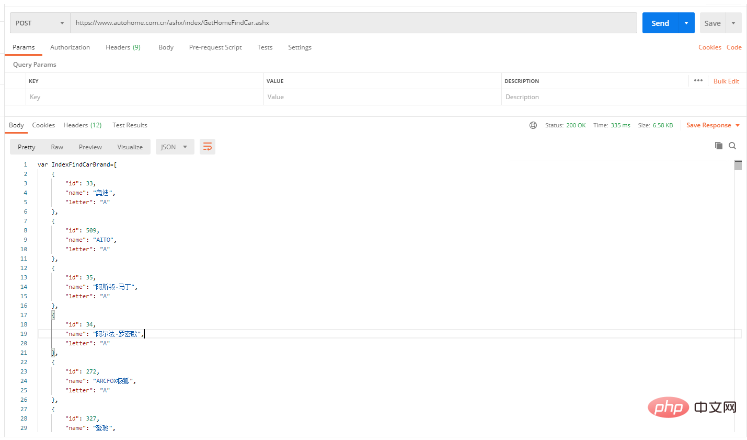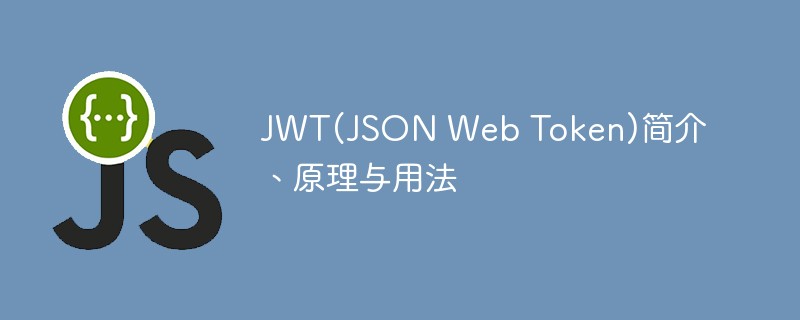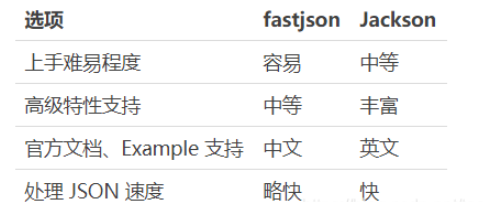But in the process of using JSON, I encountered a problem - this problem must have been encountered by everyone, that is: JSON does not define the transmission method of date and time.
Although json2.js has added support for Date functions and ISO-8601 date/time formats in an update in March this year, the support for dates in various commonly used development tools is still varied and strange. , there is no unity at all.
Moreover, in addition to date/time, sometimes we also need support for some classes or functions, which are not supported by JSON.
Some people may ask after seeing this: Since JSON is not supported, why not use other data description/transmission methods?
The reason is that JSON itself is a functional subset of JavaScript (its reference standard is ECMAScript), and anyone with a little knowledge of JavaScript can easily utilize JSON.
The easiest way to parse JSON is to directly use the eval function to execute it as JavaScript code. JSON is often used to pass between different applications on the Internet, so directly pass in the received JSON content. The eval function is very risky, so the format of JSON is strictly specified in the RFC document, and methods for testing its security are given.
This check method prohibits the function from running.
In short, because JSON is "occasionally" inconvenient to use, I started to use my brain to extend JSON.
After referring to RFC-4627, json2.js and some common JavaScript syntax shaders, I found that: although json2.js already has support for date/time, it uses grammatical analysis model, which means that if you don’t have a certain understanding of grammatical analysis, it is difficult to expand it; even if I have a little knowledge of grammatical analysis, it is not easy to expand it. , let alone future maintenance.
So I decided to use the simpler regular expression filtering method recommended in RFC-4627.
The basic implementation of this extension is as follows:
function Xenon(){}
var protoXenon = Xenon.prototype;
protoXenon.xeval = function(s){
var al = [], vl = [], ol = {};
function $(i, v){
// i = parseInt(i);
// return ol[i] || (ol[i] = v);
return ol. propertyIsEnumerable(i) ? ol[i] : (ol[i] = v);
}
for(var n in this)
if(this.propertyIsEnumerable(n) && typeof this[n] == 'function')
al.push(n), vl.push(this[n]);
return eval('0,function(' al '){return ' s ';}') .apply(this, vl);
};
protoXenon.safeXeval = function(s){
var T = this;
return (!/[^),:{}[]0 -9.- Eaeflnr-u nrt]/.test(
s.replace(/"(\.|[^"\])*"/g, '')
.replace(/([^ s:[,(] ?)(/g,function($0, $1){
// return T.propertyIsEnumerable($1) ? '' : $1 '(';
return T.propertyIsEnumerable($1) ? '' : '@';
})) || null) &&
this.xeval(s);
};
The basic usage is to create a xenon object , set a new member for it to enable the extension function.
You can add the extension function directly to the xenon object, or you can declare the function in the global scope and set the non-function type member value on the xenon object. >Example:
xenon.Array = 0;
xenon.$ = 0;
xenon.date = function(s){return new Date(s);};
var o = xenon.safeXeval('{ "list":Array(3,6,9),"created":$(1,date("Tue Jul 27 02:48:03 UTC 0800 2010")),"modified":$(1)}') ;
print(o.list);
print(o.created);
print(o.modified == o.created);
Note: This example cannot be executed directly as JScript.NET code. If you want to use it in JScript.NET, you must pass the string "unsafe" as the second parameter to the eval function.
Note 2: Adding "0," before the function keyword is for compatibility with the JScript engine used by IE - the current non-CLI version of the JScript engine cannot correctly understand the surrounding function definition in its eval implementation. The meaning of the parentheses will cause a syntax error.
Three function extensions are used in this example: Array is a JavaScript built-in function in the global scope; $ is a built-in function I implemented in XENON, which can reference the same object in multiple places; and date is a pair A wrapper for the Date constructor.
In the implementation of XENON, I did not allow it to support the new operator to create new objects. I did not find any reason to use new instead of directly using the extension function.
About the name: I originally planned to call it xJson, but then I thought it was a bit inferior, so I changed it to XEON (eXtensible ECMAScript Object Notation). Then I found that it seemed to be a registered trademark of Intel, so I added an extra N in the middle and it became XENON (eXtensible Native ECMAScript Object Notation). I looked it up in the dictionary and found that it was the name of a chemical element... so I just used it.
About security: In the process of designing the verification method, I tested as many character combinations as I could to avoid injection problems. But due to the lack of practical testing, and I am not good at things like grammatical analysis, it may not be absolutely safe. If anyone finds any security holes, please let me know so I can improve it.
When I have time in the future, I will make a simple function to convert ECMAScript objects to XENON; if I really have enough time, maybe I will also implement the conversion process including class names and constructors.
 VUE3怎么使用JSON编辑器May 12, 2023 pm 05:34 PM
VUE3怎么使用JSON编辑器May 12, 2023 pm 05:34 PM1、先看看效果图,可以自行选择展示效果2、这是我在vue3项目中使用的JSON编辑器,首先引入第三方插件npminstalljson-editor-vue3yarnaddjson-editor-vue33、引入到项目中//导入模块importJsonEditorVuefrom'json-editor-vue3'//注册组件components:{JsonEditorVue},4、一般后端返回的是会将JSON转为String形式我们传给后端也是通过这种形式,就可以通
 SpringBoot之Json的序列化和反序列化问题怎么解决May 12, 2023 pm 04:07 PM
SpringBoot之Json的序列化和反序列化问题怎么解决May 12, 2023 pm 04:07 PM控制json序列化/反序列化1.@JsonIgnoreProperties的用法@JsonIgnoreProperties(value={"prop1","prop2"})用来修饰Pojo类,在序列化和反序列化的时候忽略指定的属性,可以忽略一个或多个属性.@JsonIgnoreProperties(ignoreUnknown=true)用来修饰Pojo类,在反序列化的时候忽略那些无法被设置的属性,包括无法在构造子设置和没有对应的setter方法.2.@Js
 Java怎么调用接口获取json数据解析后保存到数据库May 14, 2023 am 10:58 AM
Java怎么调用接口获取json数据解析后保存到数据库May 14, 2023 am 10:58 AMJava调用接口获取json数据保存到数据库1.在yml文件中配置自己定义的接口URL//自己定义的JSON接口URLblacklist_data_url:接口URL2.在Controller中添加请求方法和路径/***@Title:查询*@Description:查询车辆的记录*@Author:半度纳*@Date:2022/9/2717:33*/@GetMapping("/Blacklist")publicvoidselectBlacklist(){booleana=imB
 深入解析JWT(JSON Web Token)的原理及用法Jan 10, 2023 am 10:55 AM
深入解析JWT(JSON Web Token)的原理及用法Jan 10, 2023 am 10:55 AM本篇文章给大家带来了关于JWT的相关知识,其中主要介绍了什么是JWT?JWT的原理以及用法是什么?感兴趣的朋友,下面一起来看一下吧,希望对大家有帮助。
 java怎么校验json的格式是否符合要求May 15, 2023 pm 04:01 PM
java怎么校验json的格式是否符合要求May 15, 2023 pm 04:01 PMJSONSchemaJSONSchema是用于验证JSON数据结构的强大工具,Schema可以理解为模式或者规则。JsonSchema定义了一套词汇和规则,这套词汇和规则用来定义Json元数据,且元数据也是通过Json数据形式表达的。Json元数据定义了Json数据需要满足的规范,规范包括成员、结构、类型、约束等。JSONSchema就是json的格式描述、定义、模板,有了他就可以生成任何符合要求的json数据json-schema-validator在java中,对json数据格式的校验,使用
 php输出json无法解析的原因和解决方法【总结】Mar 23, 2023 pm 04:35 PM
php输出json无法解析的原因和解决方法【总结】Mar 23, 2023 pm 04:35 PMPHP作为一种常见的编程语言,在web开发中使用广泛,其与前端交互的方式也多种多样。其中,输出Json数据是一种常见的交互方式,但有时候会碰到Json无法解析的问题。为什么会出现无法解析的情况呢?下面列举了几个可能的原因。
 php如何将xml转为json格式?3种方法分享Mar 22, 2023 am 10:38 AM
php如何将xml转为json格式?3种方法分享Mar 22, 2023 am 10:38 AM当我们处理数据时经常会遇到将XML格式转换为JSON格式的需求。PHP有许多内置函数可以帮助我们执行这个操作。在本文中,我们将讨论将XML格式转换为JSON格式的不同方法。
 SpringBoot怎么返回Json数据格式May 19, 2023 pm 11:49 PM
SpringBoot怎么返回Json数据格式May 19, 2023 pm 11:49 PM一、@RestController注解在SpringBoot中的Controller中使用@RestController注解即可返回JSON格式的数据。@RestController注解包含了@Controller和@ResponseBody注解。@ResponseBody注解是将返回的数据结构转换为JSON格式。@Target({ElementType.TYPE})@Retention(RetentionPolicy.RUNTIME)@Documented@Controller@Respons


Hot AI Tools

Undresser.AI Undress
AI-powered app for creating realistic nude photos

AI Clothes Remover
Online AI tool for removing clothes from photos.

Undress AI Tool
Undress images for free

Clothoff.io
AI clothes remover

AI Hentai Generator
Generate AI Hentai for free.

Hot Article

Hot Tools

EditPlus Chinese cracked version
Small size, syntax highlighting, does not support code prompt function

MantisBT
Mantis is an easy-to-deploy web-based defect tracking tool designed to aid in product defect tracking. It requires PHP, MySQL and a web server. Check out our demo and hosting services.

Safe Exam Browser
Safe Exam Browser is a secure browser environment for taking online exams securely. This software turns any computer into a secure workstation. It controls access to any utility and prevents students from using unauthorized resources.

Dreamweaver CS6
Visual web development tools

PhpStorm Mac version
The latest (2018.2.1) professional PHP integrated development tool






